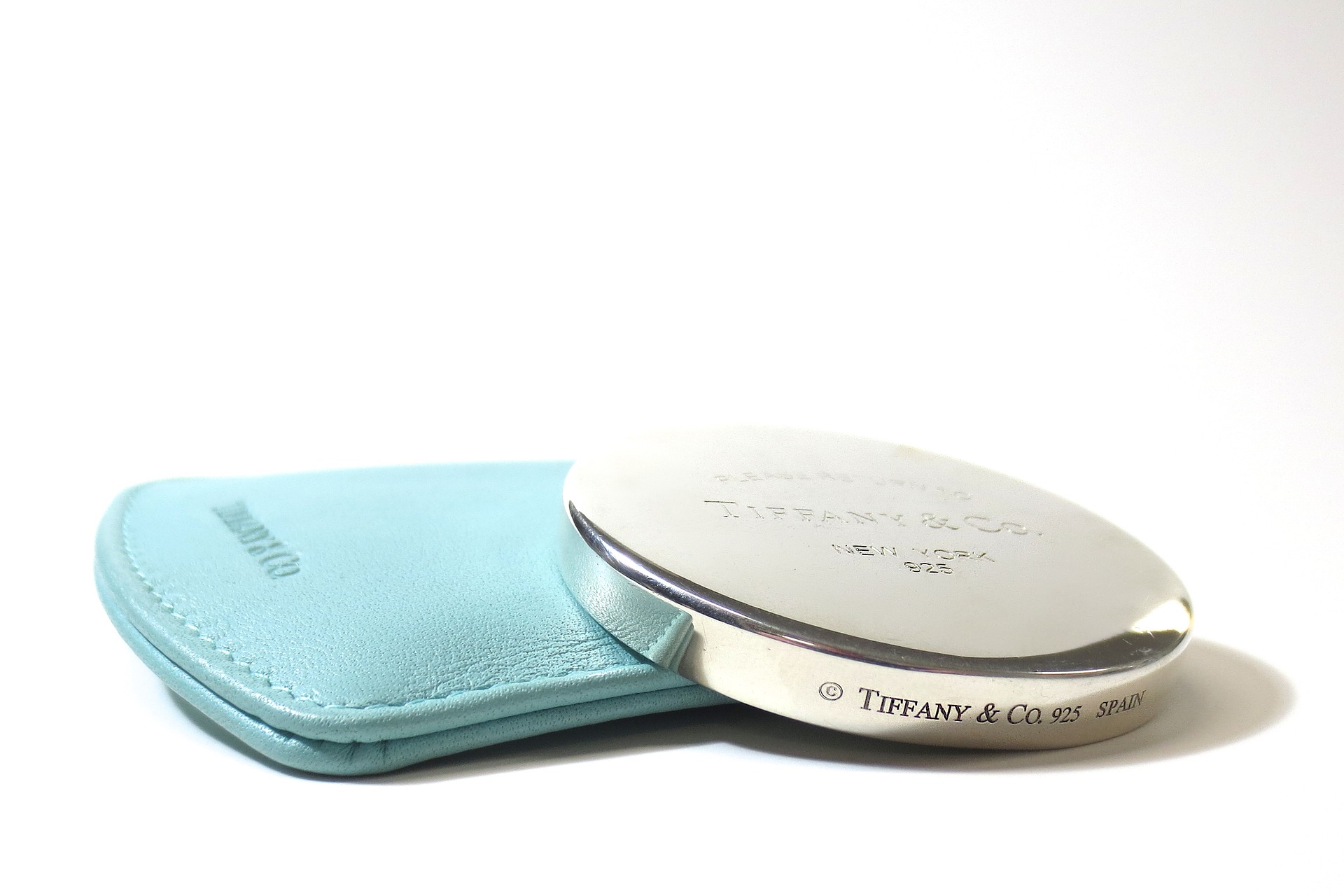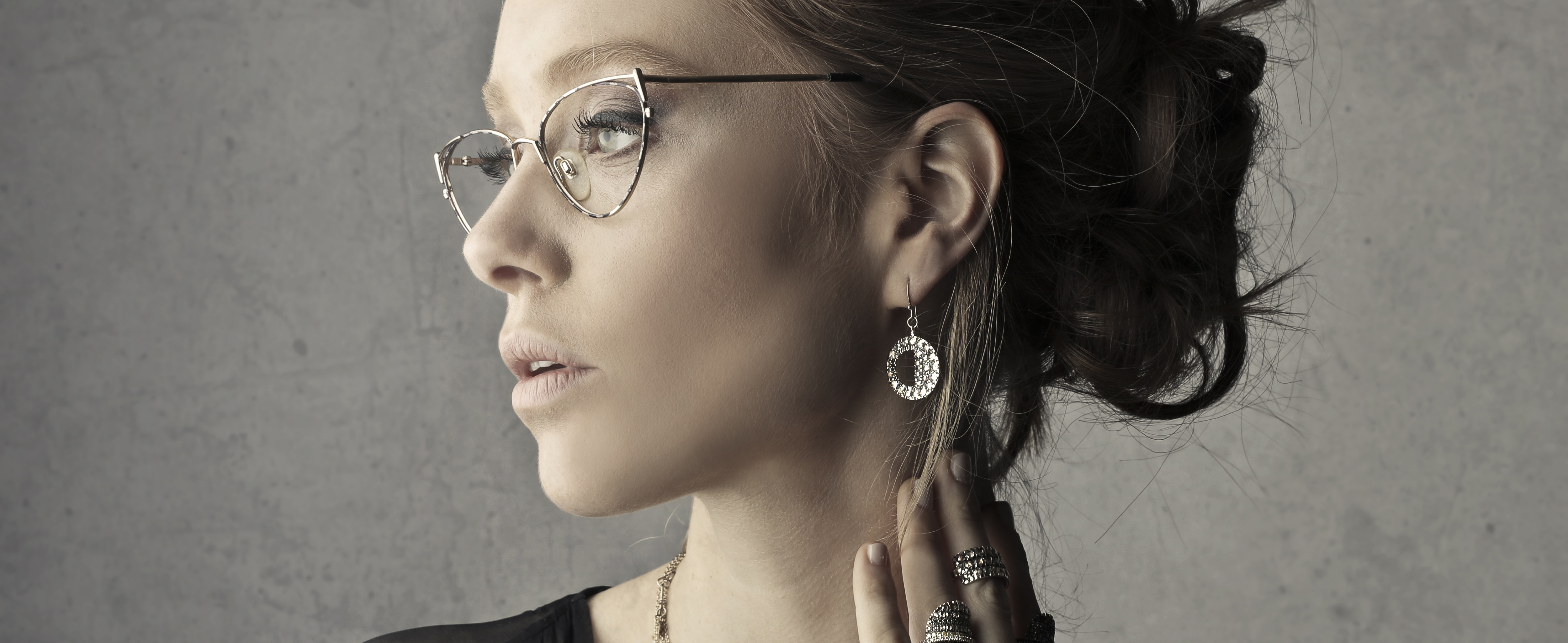
24 Jul Six Common Questions about Sterling Silver Jewelry
How do I clean sterling silver jewelry?
It depends. Usually, it is sufficient to use a jewelry cloth (with two layers of clothes in different colors) that you can get from a jewelry accessory store. Don’t use any hard object to clean sterling silver jewelry; even paper towel could scratch the surface. You should rub any dirt off using a jewelry cloth, not fingernails. Silver-dip is another commonly used sterling silver jewelry cleaner, which can also be obtained from a jewelry store. The entire silver jewelry is immersed in the solution for half a minute to a minute and then rinsed with water. Make sure the silver jewelry is not plated with any other metal before using the silver-dip or the plating will be damaged.
Where do I store sterling silver jewelry?
It is very important to store sterling silver jewelry properly when it is not used. The ideal place to store sterling silver jewelry is cool and away from sunlight. Heat and light will turn a silver jewelry yellow and cause it to tarnish quickly. Even indoor light source like florescent lights or light bulbs turn the color of silver jewelry over time. If you expect not to wear a certain piece for a long time, put it in an air-tight bag and store it in a drawer.
What types of silver jewelry plating are there?
Unlike gold and platinum, however, pure silver is rather unstable and oxides rather quickly. Therefore, silver jewelry is usually plated with another metal to protect it from tarnishing. There are two kinds of plating for silver jewelry: nickel and rhodium plating. Nickel plating has a more whitish look and rhodium plating has a darker look. Rhodium is used to plate white gold and platinum jewelry and is much more expensive than nickel, and it gives better protection to the silver underneath. On the other hand, some silver jewelry is not plated. For instance, high polished sterling silver jewelry does not have any plating and the surface is polished by machine to render shininess. Also, “oxidized silver” jewelry is oxidized on purpose to give a dark antique look and is not plated with any other metals.
How do I know the purity of my silver jewelry?
The purity of sterling silver refers to 92.5% of silver in the alloy. In order to confirm the purity, the metal itself has to be sent to a laboratory to be tested. However, most of the sterling silver jewelry produced nowadays has a “925″ stamp to indicate the authenticity of the jewelry. Although there are cases where stamps are forged and the metal is either not silver or the purity is not as stated, they are very rare.
How about engraving and resizing?
Engraving and resizing of sterling silver rings is rather simple due to the ductility and relatively low melting point. However, make sure your jeweler understands the process of refinishing the ring and that they possess the necessary equipment to do so. Not all jewelers have the equipment to recoat the rhodium plating after cutting and welding the ring. Also, rings set with stones are sometimes not resizable because resizing might cause the stones to pop out. Such settings include channel and invisible settings.
Can I wear sterling silver jewelry if I am allergic to nickel?
Yes, just make sure the jewelry is pure sterling silver, not plated with nickel. Even Rhodium plated sterling silver jewelry sometimes contains a nickel layer between the silver and the rhodium to act as an adhesive. Hence, buy only high polished sterling silver jewelry if you are allergic to nickel.



